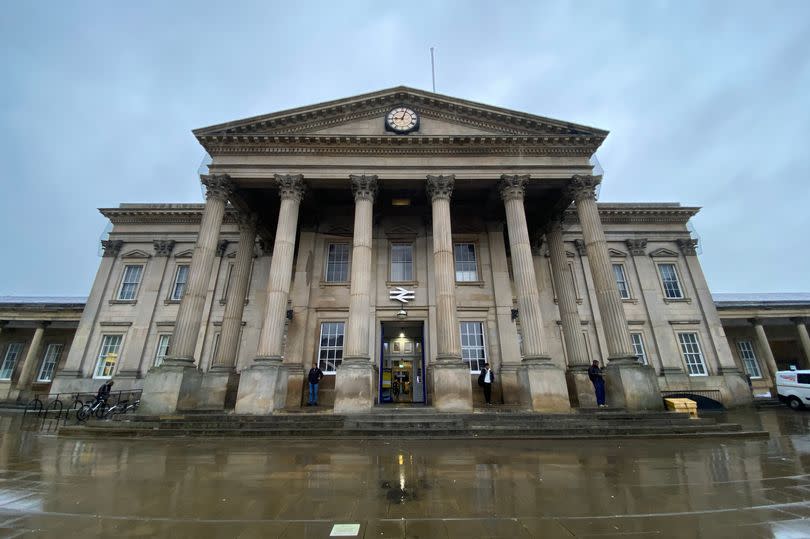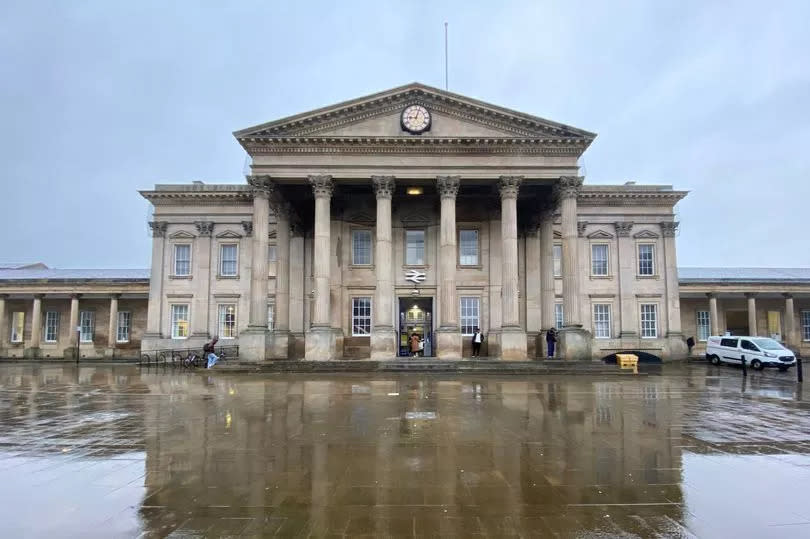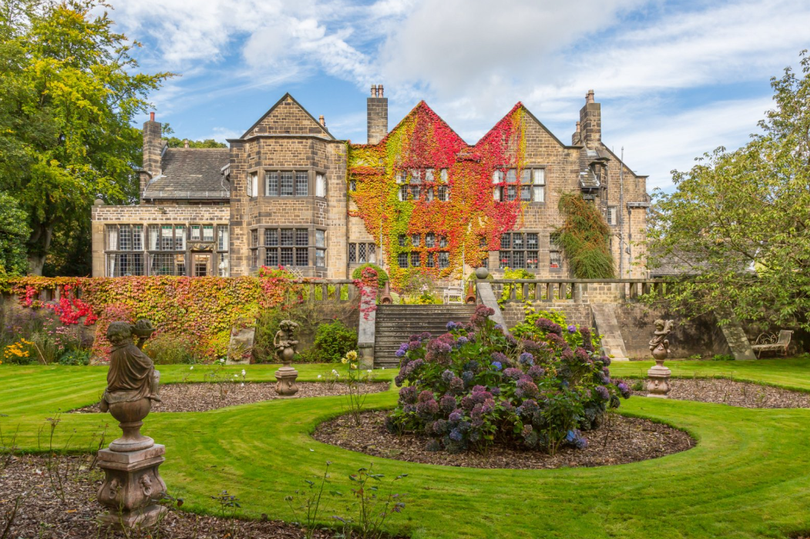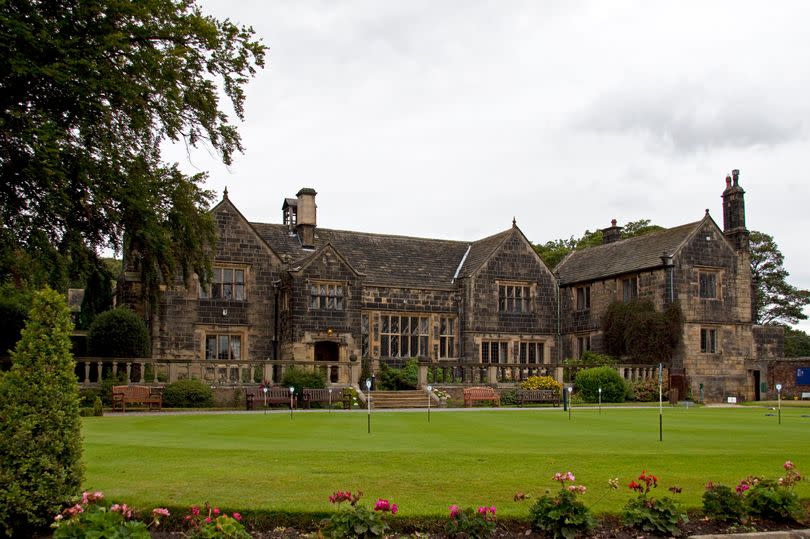The six Huddersfield buildings which are classed as truly exceptional

Huddersfield is home to many beautiful, historic buildings and we’ve rounded up those which are considered to be “exceptional”.
Whilst many buildings in Huddersfield and its surrounding villages are listed, only a handful have been given Grade I status. According to Historic England, Grade I listed buildings account for just two and a half percent of those with listed status and are considered to be of “exceptional interest”.
The majority of listed buildings - just under 92 percent - are Grade II listed, with the remainder being Grade II*, meaning they are “important buildings of more than special interest”.
Read More: Family pays tribute to Barnsley dad with a 'heart of gold' after sudden death
Huddersfield has just six Grade I listed buildings including three churches, two grand estates, and its iconic railway station. Below, we delve into the history of each location and why they are important to the community.

Huddersfield Railway Station
Perhaps unsurprisingly, one of the buildings granted Grade I listed status is Huddersfield’s railway station. Standing in St George’s Square, the iconic building was completed in 1850 and designed by JP Pritchett.
The station is recognisable by its iconic facade, and is often upheld as one of the most beautiful in the country being praised by the likes of John Betjeman, and Simon Jenkins who ranked it among Britain’s top 10.
Visitors are greeted by neoclassical columns opening onto St George’s Square, which features a statue of former Prime Minister Harold Wilson, water fountains, and the historic George Hotel.
Given its age, the station is considered to be very well preserved, being largely unchanged for over 150 years. It is currently undergoing a series of improvements as part of Network Rail’s Transpennine Route Upgrade.
These major improvements are being carried out as part of wide-reaching plans to boost connectivity across northern destinations. Once works are complete, Huddersfield station will have gained two new platforms, more accessible features and have undergone a roof restoration.

Banney Royd - Halifax Road
Located within seven acres of parkland off Halifax Road, Edgerton, Banney Royd is Huddersfield’s only residential property holding Grade I listed status.
The impressive estate is currently on the market, being listed by Fine & Country estate agents at £1.75m. According to the listing, the home is the ‘Arts and Crafts’ style, designed by renowned British architect Edgar Wood, who was also behind the Lindley clock tower and Almondbury’s Old Clergy House.
Banney Royd is built from local stone, with nine bedrooms, as well as numerous reception rooms and bathrooms. The property boasts a wealth of period detail including carved stone fireplaces and intricate hand-crafted oak panelling.
The grand abode has held many uses over the years, from its beginnings as a home built for local accountant, William Henry Armitage, to its use as a training centre for the Civil Defence Committee from 1942. The National Fire service, and Huddersfield Education Department used the site in the years that followed before it was eventually sold to private buyers in the 1990s.
Church of All Hallows - Kirkburton
All Hallows’ has been at the centre of the Kirkburton community since at least 1230. The building has many historic features, from the local stone construction and local slate roof, to a medieval gilded ceiling, and spectacular stained glass windows by renowned Victorian artist, Christopher Whall.
According to the church’s website, even the pews are believed to trace back to the pre-reformation era, making them at least 500 years old. Other significant aspects are a collection of books from the 17th and 18th centuries, a 17th Century lectern and a 16th Century chalice - which is currently on loan to York Minster.
In addition to this, the bell tower is rung by local bellringers, and there is also a three-manual organ which was built in Huddersfield.
St Michael’s Church - Emley
Between Huddersfield and Wakefield lies the village of Emley, known to most from the towering mast that can be seen for miles. However, the village is also home to a historic church.
The church building dates from the 14th Century, with stone repurposed from a demolished Norman church, the church's website explains. Among the distinctive features are striking stained glass, a tulip font, and an ornate tympanum from the Norman church formerly near the site.
From the 1990s, local people helped fund a series of refurbishments to the church. The interior was described as “cold and damp”, and the furnishings were “tired”, before being renovated. The upkeep of the clock is also funded with help from local donations.

Woodsome Hall
Woodsome Hall boasts a rich history and has been home to a golf club by the same name since the early 20th Century. The current building dates from the Elizabethan era of the 16th Century, but the site was home to the Kaye family from 1378 until 1726.
From 1726, the house was in the possession of the Legge family and was let to Woodsome Hall Golf Club in 1911. The golf club went on to purchase the land and hold it to this day.
Ghostly tales also surround the house. According to one story, a former employee of the Kaye family, one James Rimington, died in 1696 - but some say his ghostly presence can be seen riding a horse around the grounds.
Church of All Hallows - Almondbury
Situated in the heart of Almondbury village, the foundations of the striking medieval church date back to the 12th Century - however, the presence of three Anglo-Saxon slabs suggests that there was a Christian connection to the site long before the first recorded mention of the church, highlights Hilary Pollard on the church’s website.
Much of the church’s fabric was built in the 15-16th Centuries. Modern additions to the building include a parish hall and kitchen, built in 1990, continuing the site’s importance to the Almondbury community to the present day.
Get all the latest and breaking Huddersfield news straight to your inbox by signing up to our daily newsletter here.

 Yahoo News
Yahoo News 